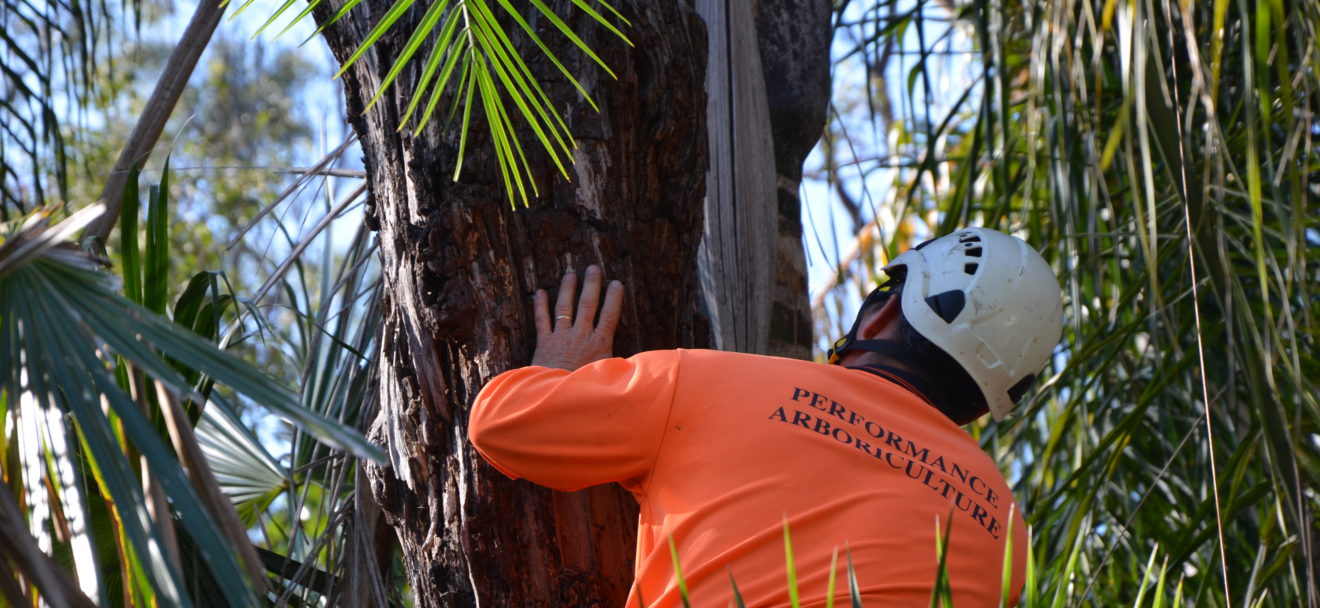Storm Damage Service in full Readiness for Storm Season
Storm Damage Service in full Readiness for Storm Season
Every year in south east Queensland, October/November sees the storm season get into full swing. The heat and high humidity typical of late spring and summer causes severe thunderstorms to form over the inland ranges. The first thunderheads can be seen building in the west just after lunch, and depending on the severity of the conditions, will start heading east over the populated areas around 3pm.
Often, spectacular lightning strikes, hail and very strong winds accompany the storms as they sweep towards the ocean. Pinpointing where the worst of them will hit is like a lottery win, and even with all the sophisticated technology available, storm warnings are still fairly general. In every storm season there is at least one and often more suburbs that receive an absolute battering.
Storm Season Crews on Call 24/7
At Performance Arboriculture we prepare ourselves every year for this onslaught as past experience has taught us that people will need help once the storms have passed. Our crews have seen many homes badly damaged and our first priority is to make the area safe for the occupiers. We have crews on duty 24 hours a day, seven days a week during the storm season, ready for an immediate callout.
The training we provide for our storm crews raises the benchmark from a competent professional tree lopper to a first response emergency team ready to head out into suburbs that, in the worst storms, have been literally torn apart. It is nothing for our crews to see street after street where buildings have been partially or completely unroofed, huge trees lying across fences and cars or smashed into windows or roofs.
First Response Team Secures the Site
We move into a state of readiness at the first storm warnings. Our first response team of skilled and very experienced professionals go in first and work quickly to make the area safe. Climbing, cutting, rigging and roping techniques are all used to achieve this so they can move on to the next call, often putting tarps on gaping roofs while they are there.

